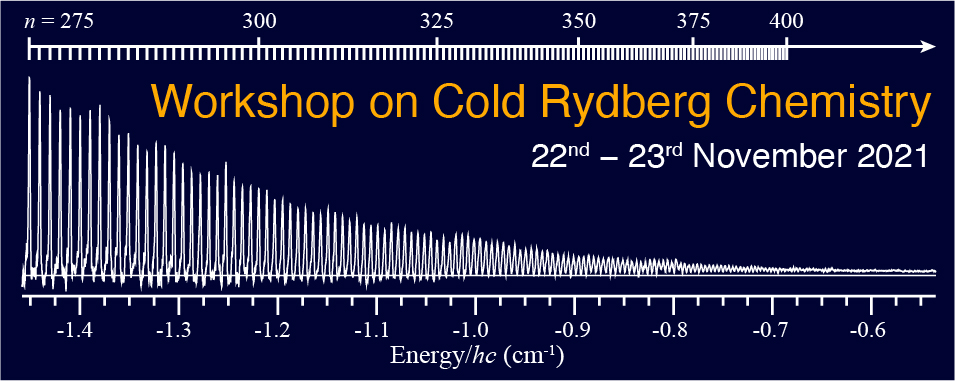Speaker
Description
The attention to the chemical compounds of noble gases Ng is dictated by the fundamental interest in the nature of the bonding of these inert atoms. Moreover, the bonding motifs which make the neutral compounds of noble gases stable can provide stability of the variety of the new currently unexpected substances of other elements as well. The chemical inertness increases for lighter Ng atoms. Up to now only one neutral compound containing chemically bound argon has been synthesized. This is hydride HArF [1]. The results obtained in the presented work reveal photogeneration of the other type of Ar compound. In our experiments the photodissociation of van der Waals complex Ar-I2 provided by the excitation of I2 into Rydberg states has been investigated. Velocity map imaging of the photofragments allowed us to reveal the formation of translationally hot Ar(+) ions. Three modes in the kinetic energy distribution of these ions indicate three photodissociation channels giving rise to Ar(+). The measured kinetic energy of ions and its dependence on the energy of pumping photons allow us to conclude formation of neutral linear intermediate Ar(+)-I-I(-) being a source of Ar(+) ions. This neutral compound is isoelectronic to trihalide anion Cl-I-I(-). The energetic characteristics of appearing Ar(+) ions correspond very well to the photodissociation channels expected for Ar(+)-I-I(-) by analogy with trihalide anions. The self-assembling of the configuration making the formation of this compound possible is confirmed by modeling the dynamics in the excited linear complex Ar-I2. The excitation state giving rise to this compound is the ion-pair state of I2 which is known [2] to follow Rydberg excitation of free iodine in this spectral region. The obtained results allow us to suppose that the excitation of the van der Waals complexes of noble gases with halogens into the Rydberg states of halogen is a promising approach for generating neutral compounds containing chemically bound atoms of noble gases. The results to be presented are published recently [3].
References
1. L. Khriachtchev, M. Pettersson, N. Runeberg, J. Lundell, M. Räsänen, Nature 2000, 406, 874-876.
2. J. Von Vangerow, A.S. Bogomolov, N.V. Dozmorov, D. Schomas, F. Stienkemeier, A.V. Baklanov, M. Mudrich, Phys. Chem. Chem. Phys. 2016, 18, 18896-18904.
3. A.S. Bogomolov, N.V. Dozmorov, S.A. Kochubei, A.V. Baklanov, J. Chem. Phys. 2021, 155, 124308.

